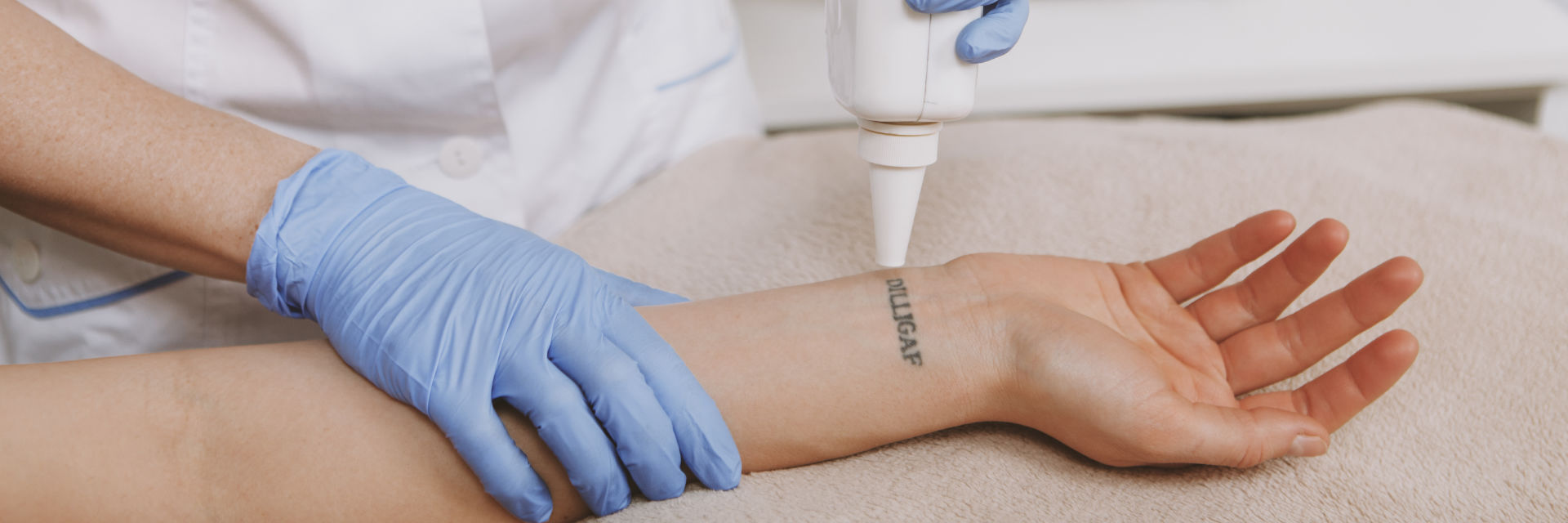What is a Pico Laser?
A Pico Laser refers to a laser in which the pulse duration of the laser zap is less than 1 nanosecond (one-billionth of a second!). It’s the fastest and the most advanced laser on the market today! It’s the Ferrari of lasers. The pulse duration is important in laser dermatology because we need the right amount of energy delivered to the target in the right amount of time. The target I’m referring to here are melanosomes, tattoo pigment, melasma pigment, collagen, etc. If there is too much energy or too much time, we can cause unwanted destruction in the nearby normal structures. If there is too little energy or too little time, our response will be tempered.
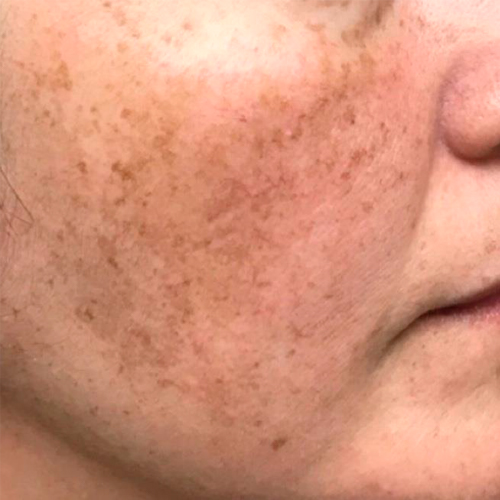
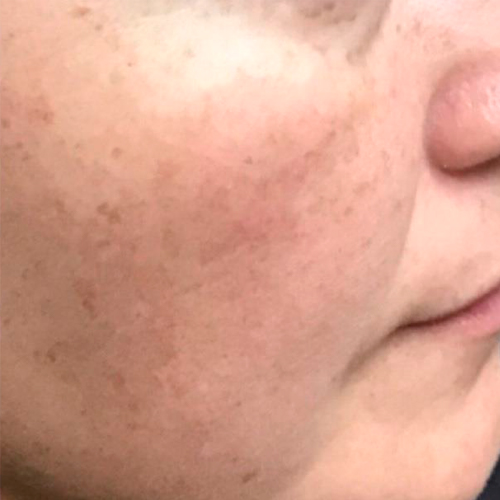
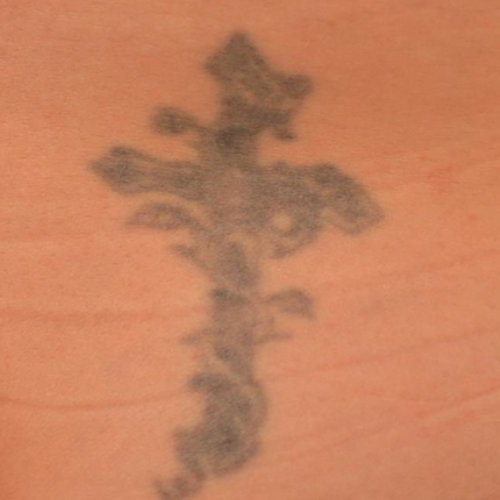
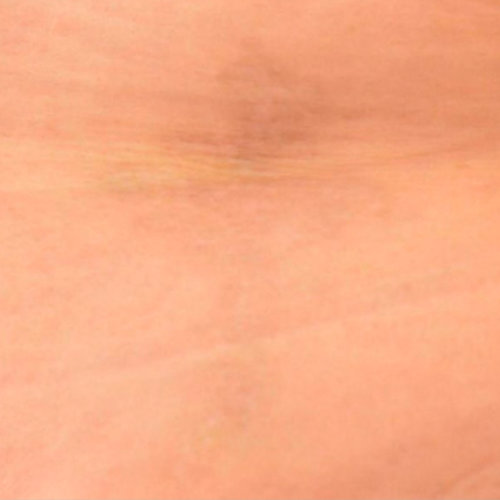
What can the Precision Dermatology Pico Laser treat?
The Pico Laser that we have at Precision Dermatology has two wavelengths–532nm and 1064nm. These wavelengths decide what we can effectively treat because the targets must selectively absorb the laser energy compared to the nearby structures. We can confidently treat the following concerns:
- Tattoos of all Colors
- Thousands of studies have shown over the last decade that pico-second lasers are much more effective at removing tattoos than nano-second lasers (Q-Switch lasers). This applies to all colors, black, blue, green, red, orange and other colors. We have both types of lasers at Precision Dermatology and are currently only using the Pico laser to treat tattoos. For the removal of black tattoos, Pico lasers are twice as effective (meaning you need half the number of sessions you would need for a Q-Switch laser). For colored tattoos, the Pico laser is also more effective. The reduction in the number of sessions depend on the specific colors in the laser.
- Melasma
- The Pico laser is one of the only lasers that should be used for melasma because it does not rely on thermal heat to deliver the energy. The pico laser uses photo-acoustic energy. Therefore, it is safe for darker skin types like those with Asian, Hispanic or Mediterranean heritage. At Precision Dermatology, we have developed a special Pico Laser protocol for our melasma patients that include both the 1064-nm and 532nm wavelengths.
- Sunspots/Lentigines/Sun Damage
- The Pico Laser along with the Q-switch laser are the best lasers for the removal of sunspots.
- Overall Rejuvenation
- The Picolaser is slowly becoming the gold-standard in facial rejuvenation. It uses photo-acoustic energy instead of heat energy to selectively destroy discolorations on the skin and promote elastic/collagen production underneath the skin. This results in an increase in skin firmness and decrease in the appearance of wrinkles and fine lines.
Frequently asked questions about pico laser
- What body areas can you treat with the Pico Laser?
- Face
- Neck
- Chest
- Back Acne
- Butt Acne
- Arms/Hands
- Legs
- What can you treat with the Pico Laser?
- Tattoos: The number of treatments usually vary between 3 to 10 depending on the intensity of the pigment, the type of colors, and the endpoint you desire.
- Melasma: We recommend monthly treatments for 3 months.
- Sunspots: We recommend monthly treatments for 2-3 months.
- Overall rejuvenation: We recommend monthly treatments for 2-3 months.
- Is the Pico Laser painful?
- For melasma, facial rejuvenation, and sunspot treatment, the Pico laser is considered by most patients to be minimally uncomfortable. No numbing is required. Most patients report a pain level of 3/10. If feels like a small rubberband snapping the skin.
For tattoo removal, the Pico laser is painful and we do provide local injectable lidocaine to numb the entire tattoo prior to proceeding. - What is my downtime with the Pico Laser?
- For sunspots/lentigines, there is usually redness and swelling at the treatment site for 48hrs. The treated area may feel like a sunburn for a few hours after treatment. The treated pigmented spot will appear darker immediately and after treatment. The darkened pigment will flake off like dry skin within 7-10 days.
- For tattoos, there is usually a “white frosting” in the area that is being treated. Redness and swelling are typical. Blisters are a possibility. Pinpoint bleeding may occur. The dressing should be kept in place for 24 hrs. A thin layer of antibiotic ointment or vaseline should be applied daily for 1 week.
- For overall facial rejuvenation, there is usually redness and minor swelling for 12-24hrs.
- Sun should be avoided for 2 weeks and SPF 50 should be applied daily for 4 weeks.For tattoo removal, the Pico laser is painful and we do provide local injectable lidocaine to numb the entire tattoo prior to proceeding.
- Who can be treated?
- You cannot be treated if you are pregnant or breastfeeding, if you are taking photosensitizing medication (like doxycycline, isotretinoin/Accutane), have a seizure disorder triggered by light, have a skin infection, history of gold therapy, or have history of keloid scarring. You cannot be treated if you have tanned in the last 2 weeks.
